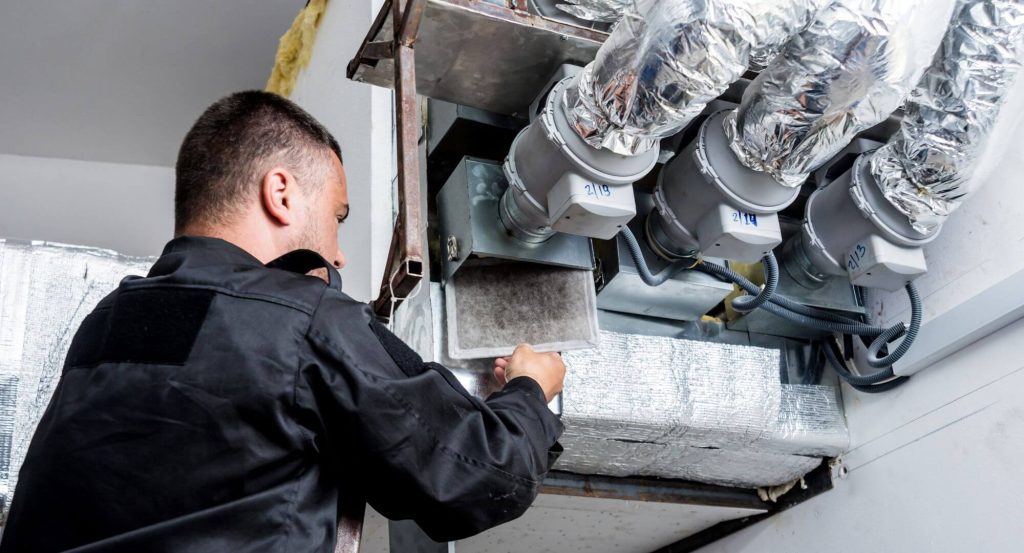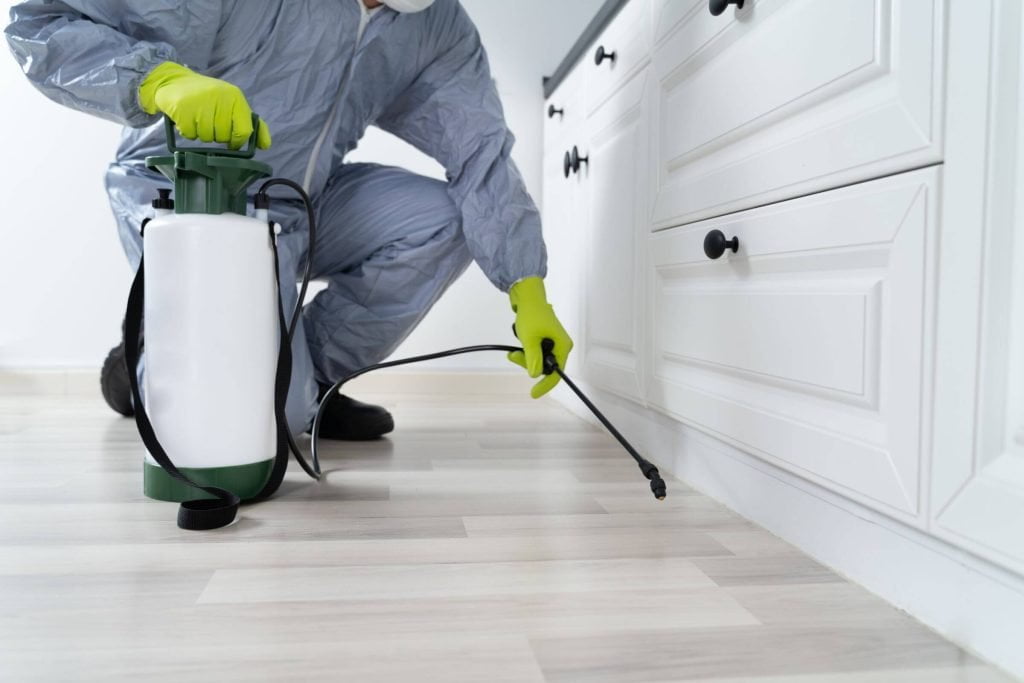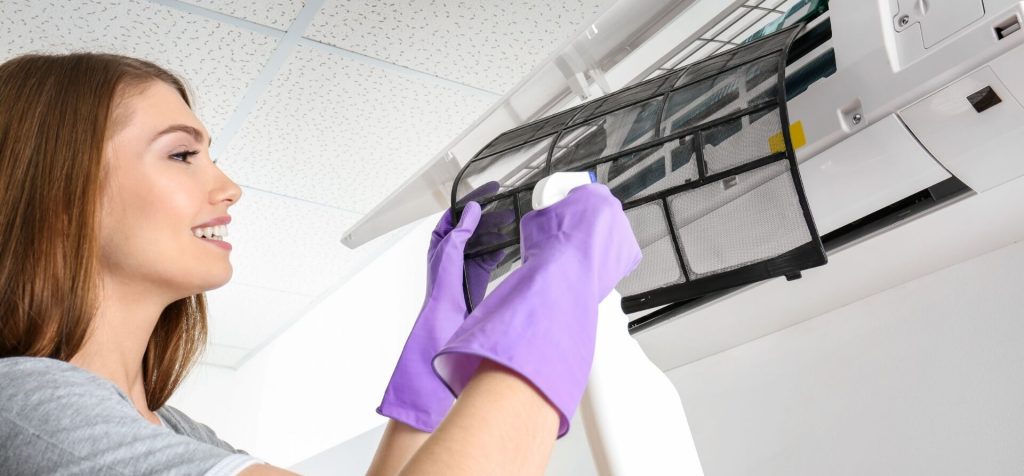What is a photoelectric smoke alarm?
During sleep, you have no sense of smell. A fire with toxic fumes can stifle you.
Photoelectric smoke alarms see smoke and will alert you early, so you can escape.
Photoelectric alarms work using a photoelectric sensor and a light source. As smoke enters the chamber and crosses the path of the light beam, light is scattered by the smoke particles, aiming it toward the sensor, which in turn triggers the alarm.
With interconnected alarms, you will be alerted no matter where you are, or where the fire starts.
New legislation specifies the type, positioning, and interconnectedness of alarms, which are critical factors for an early warning and quick escape.
To give your family the best chance of surviving a house fire, QFES recommends updating your smoke alarms to match the new legislation as soon as you can. In the meantime, make sure all your alarms are working and properly maintained.
A well-practised fire escape plan will also ensure a quick escape.
New and renovated homes from 1 January 2017
All new homes or units and substantially renovated homes or units that are subject to a building application submitted from 1 January 2017, will require the installation of hardwired, photoelectric interconnected smoke alarms.
Smoke alarms in the dwelling must:
- Be photoelectric (AS3786-2014); and
- Not also contain an ionisation sensor; and
- Be hardwired to the mains power supply with a secondary power source (i.e. battery); and
- Be interconnected with every other smoke alarm in the dwelling so all activate together.
The legislation requires smoke alarms must be installed in the following locations:
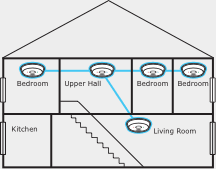
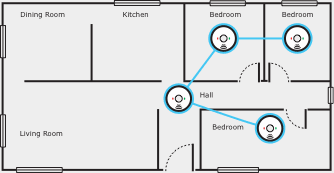
- On each storey
- In each bedroom
- In hallways that connect bedrooms and the rest of the dwelling
- If there is no hallway, between the bedroom and other parts of the storey; and
- if there are no bedrooms on a storey, at least one smoke alarm must be installed in the most likely path of travel to exit the dwelling.
Smoke alarms must be hardwired, or for existing dwellings, they can also be powered by a non-removable 10-year battery.
To get everyone out safely during a house fire, it is essential to also have a well-practised fire escape plan.
Photoelectric alarms, also known as optical or photo-optical, detect visible particles of combustion and respond to a wide range of fires, but are particularly responsive to smouldering fires and the dense smoke given off by foam-filled furnishings or overheated PVC wiring.
Advantages:
- Good for smouldering fire and dense smoke
- Not as prone to cooking nuisance alarms
- Contain no radioactive material
- Suitable for general use
- Your protection against fire increases with the quality and type of smoke alarm that is installed.
Other Smoke Alarm Options
These include:
- Alarms for deaf and hearing-impaired people; or
- Alarms with emergency lights or heat sensors.
Common features in smoke alarms
- Test button – to ensure correct operation.
- Tested by Scientific Services Laboratories to comply with AS 3786-2014.
- Some models have ‘hush’ buttons to stop nuisance alarms.
- Interconnection allows all smoke alarms to sound simultaneously should any one alarm activate. All occupants are alerted, maximising the opportunity for escape.
Unwanted activations
- They are near or past their ten year life.
- The backup battery requires replacement.
- The wrong type of smoke alarm has been selected for the location.
- They have a build-up of dust, insects or other particulates.
- They are in the wrong location (e.g. too close to cooking fumes from the kitchen or steam from the shower).
The latest Australia Standard 3786-2014 Smoke Alarms, called up by the new legislation, have additional features that should further reduce the chance of false alarms. This includes a finer gauze to prevent insect infestation. They also include an indicator light to allow quick identification of which alarm has initially activated when they are interconnected with other smoke alarms.
What Smoke Alarms are required by law?
When it is time for your property’s alarms to be upgraded, those smoke alarms must:
- Be photoelectric and comply with Australian Standard 3786-2014
- Not also contain an ionisation sensor; and
- Be less than 10 years old; and
- Operate when tested; and
- Be interconnected with every other ‘required’ smoke alarm in the dwelling so all activate together.
Any existing smoke alarm being replaced from 1 January 2017 must be a photoelectric-type alarm which complies with Australian Standard 3786-2014.
If a smoke alarm which is hardwired to the domestic power supply needs replacement, it must be replaced with a hardwired photoelectric smoke alarm.
In existing domestic dwellings, it is possible to have a combination of smoke alarms (240v and battery operated) and interconnectivity can be both wired and wireless.
Which smoke alarms to buy?
Smoke alarms must comply with the Standard AS 3786-2014 and should have the following labels.


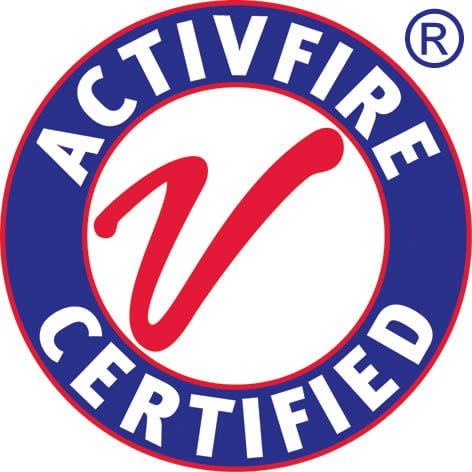
What smoke alarms to avoid?
Smoke alarms with this symbol are not photoelectric.
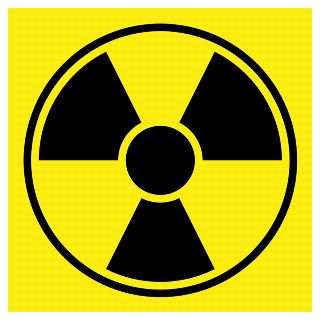
Exactly where should I place them
Where practicable smoke alarms must be placed on the ceiling.
Smoke alarms must not be placed within:
- 300 mm of a corner of a ceiling and a wall
- 300 mm of a light fitting
- 400 mm of an air-conditioning vent
- 400 mm of the blades of a ceiling fan.
There are special requirements for stairways, sloping ceilings, and ceilings with exposed beams.
Every dwelling is different so you will need to assess yours. Avoid installation in the following positions:
- In dead air space. This is an area in which trapped hot air will prevent smoke from reaching the alarm. This space generally occurs at the apex of cathedral ceilings, the corner junction of walls and ceilings, and between exposed floor joists.
- Near windows, doors, fans or air-conditioners. Excessive air movement may prevent smoke and gases from reaching the smoke alarm or cause nuisance alarms.
Accidental alarms can be a nuisance and become dangerous if home-owners remove the alarm batteries or disable an interconnected system to silence the alarm.
Nuisance alarms can be avoided by not placing alarms in or near kitchens where cooking smoke can set them off, or in or near bathrooms where steam often causes accidental alarms.
Also avoid insect infested areas, as insects flying into the alarm can trigger an alarm.
Dwellings sold, leased or an existing lease renewed from 1 January 2017
Existing smoke alarms manufactured more than 10 years ago must be replaced with photoelectric smoke alarms which comply with Australian Standards (AS) 3786-2014. (Note: the date should be stamped on the back).
Smoke alarms that do not operate when tested must be replaced immediately.
Existing hardwired smoke alarms that need replacement, must be replaced with a hardwired photoelectric smoke alarm.
It is also recommended that:
- Smoke alarms be either hardwired or
- Powered by a non-removable 10-year battery; and
- Ionisation smoke alarms be replaced with photoelectric type as soon as possible.
- For the best protection smoke alarms should be installed on each storey:
- In every bedroom
- In hallways which connect bedrooms and the rest of the dwelling
- If there is no hallway, between the bedrooms and other parts of the storey; and
- If there are no bedrooms on a storey, at least one smoke alarm should be installed in the most likely path of travel to exit the dwelling.
- All smoke alarms should be interconnected.
To get everyone out safely during a house fire, it is essential to also have a well-practised fire escape plan.
Existing landlord’s and tenant’s obligations continue. Property sellers must continue to lodge a Form 24 stating the requirements of the legislation have been met.
Landlords from 1 January 2017
Landlords are responsible for the installation of smoke alarms that comply with new Smoke Alarm legislation, introduced on 1 January, 2017.
Existing smoke alarms manufactured more than 10 years ago, as well as any smoke alarms that do not operate when tested, must be replaced with photoelectric smoke alarms that comply with Australian Standard 3786–2014. All smoke alarms should be interconnected within the dwelling.
Installing smoke alarms
For the best protection, smoke alarms should be installed on each storey:
- In every bedroom
- In hallways that connect bedrooms and the rest of the dwelling
- If there is no hallway, between the bedrooms, and
- If there are no bedrooms on a storey, at least one smoke alarm should be installed in the most likely path of travel to exit the dwelling.
Any person can legally install a battery powered smoke alarm. However, 240-volt smoke alarms connect to the electricity supply and must be connected by a licensed electrician.
New tenancies
Within 30 days before the start of a tenancy in a domestic dwelling, the lessor/landlord must test and clean each smoke alarm in the dwelling.
During a tenancy in a domestic dwelling, the tenant must test and clean each smoke alarm in the dwelling, at least once every 12 months.
To test a smoke alarm, press the ‘test’ button. Cleaning should be done according to the manufacturer’s instructions, which is usually vacuuming.
You do not need to be qualified or licenced to clean or test a domestic smoke alarm.
Some real estate agents may outsource smoke alarm maintenance to another company with associated fees paid by the landlord. The real estate may request a “certificate of compliance” from these companies as proof of service. This is not a legal requirement but may be part of the real estate agent’s internal process.
Renters from 1 January 2017
Landlords are responsible for the installation of smoke alarms that comply with new Smoke Alarm legislation, introduced on 1 January, 2017.
Existing smoke alarms manufactured more than 10 years ago, as well as any smoke alarms that do not operate when tested, must be replaced with photoelectric smoke alarms that comply with Australian Standard 3786–2014. All smoke alarms should be interconnected within the dwelling.
Any person can legally install a battery powered smoke alarm. However, 240-volt smoke alarms connect to the electricity supply and must be connected by a licenced electrician. For more information read the
Testing and cleaning smoke alarms
Within 30 days before the start of a tenancy in a domestic dwelling, the lessor/landlord must test and clean each smoke alarm in the dwelling.
During a tenancy in a domestic dwelling, the tenant must test and clean each smoke alarm in the dwelling, at least once every 12 months.
To test a smoke alarm, press the ‘test’ button. Cleaning should be done according to the manufacturer’s instructions, which is usually vacuuming.
You do not need to be qualified or licenced to clean or test a domestic smoke alarm.
Some real estate agents may outsource smoke alarm maintenance to another company with associated fees paid by the landlord.
The real estate may request a “certificate of compliance” from these companies as proof of service. This is not a legal requirement but may be part of the real estate agent’s internal process.
Existing dwellings from 1 January 2017
Existing smoke alarms manufactured more than 10 years ago must be replaced with photoelectric smoke alarms which comply with Australian Standards (AS) 3786-2014. (Note: the date should be stamped on the back).
Smoke alarms that do not operate when tested must be replaced immediately.
Existing hardwired smoke alarms that need replacement, must be replaced with a hardwired photoelectric smoke alarm.
It is also recommended that:
- Smoke alarms be either hardwired or
- Powered by a non-removable 10-year battery; and
- Ionisation smoke alarms be replaced with a photoelectric type as soon as possible.
For the best protection smoke alarms should be installed on each storey:
- In every bedroom
- In hallways which connect bedrooms and the rest of the dwelling
- If there is no hallway, between the bedrooms and other parts of the storey; and
- If there are no bedrooms on a storey, at least one smoke alarm should be installed in the most likely path of travel to exit the dwelling.
All smoke alarms should be interconnected.
To get everyone out safely during a house fire, it is essential to also have a well-practised fire escape plan.

